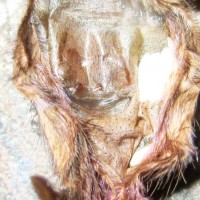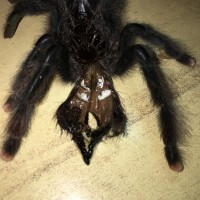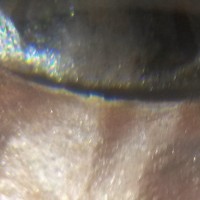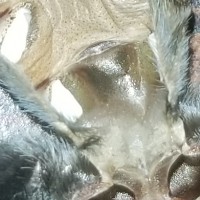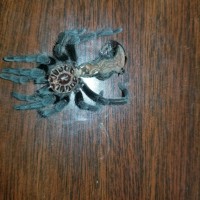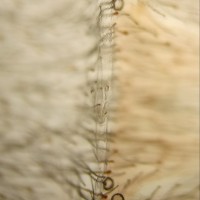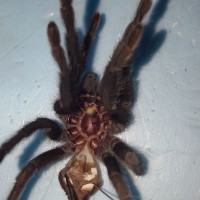Media information
- Category
- Spermathecae sexing (Molts)
- Added by
- obie
- Date added
- View count
- 897
- Comment count
- 10
- Rating
- 0.00 star(s) 0 ratings
Image metadata
- Device
- samsung SM-G955U
- Aperture
- ƒ/1.7
- Focal length
- 4.3 mm
- Exposure time
- 1/602
- ISO
- 50
- Filename
- 20170425_142557.jpg
- File size
- 160.7 KB
- Date taken
- Tue, 25 April 2017 11:54 AM
- Dimensions
- 522px x 391px

